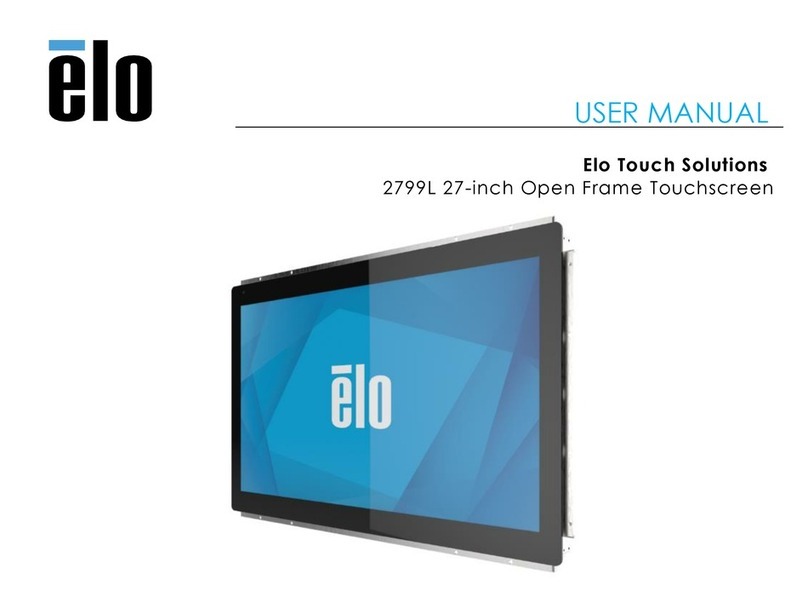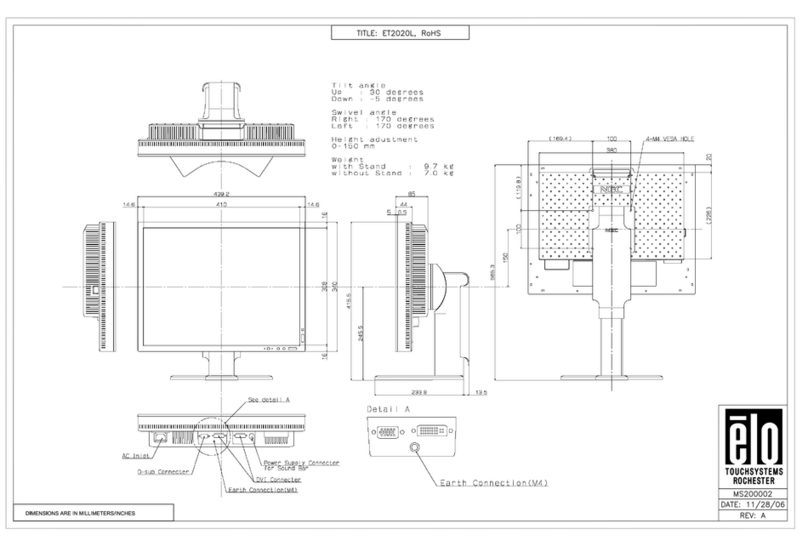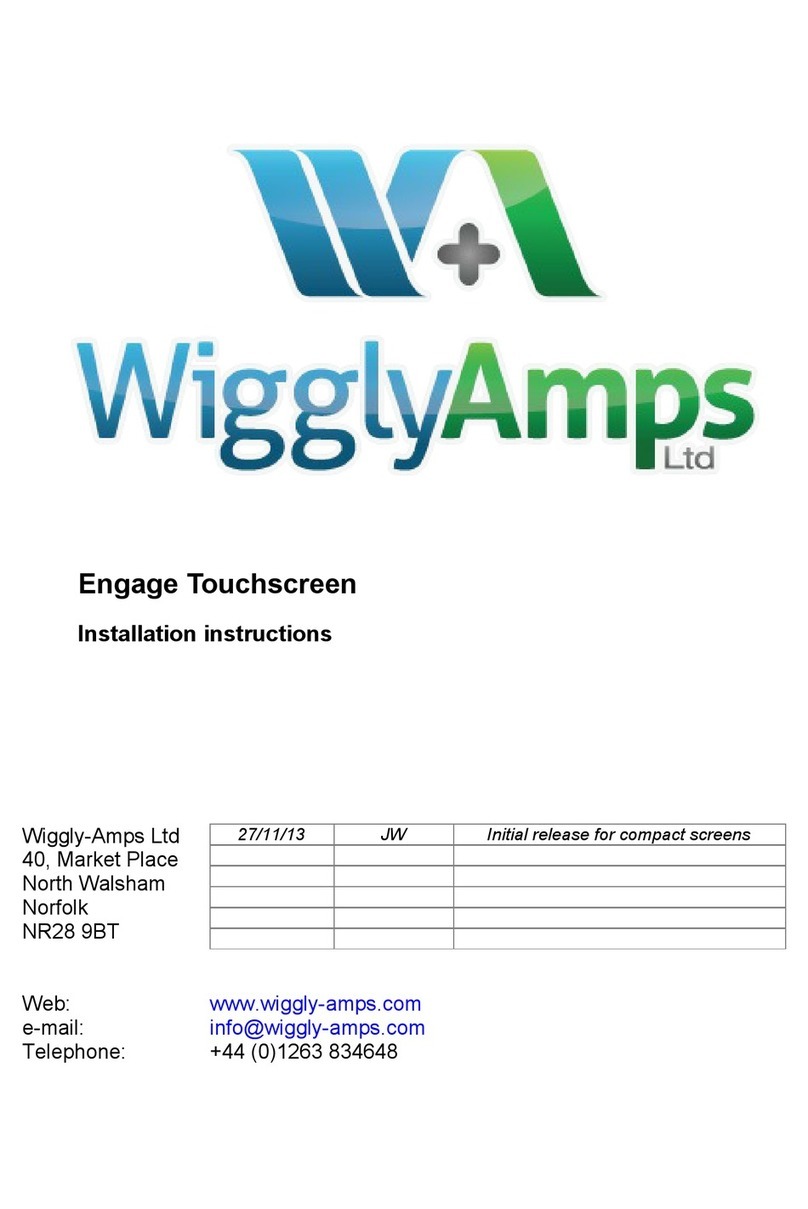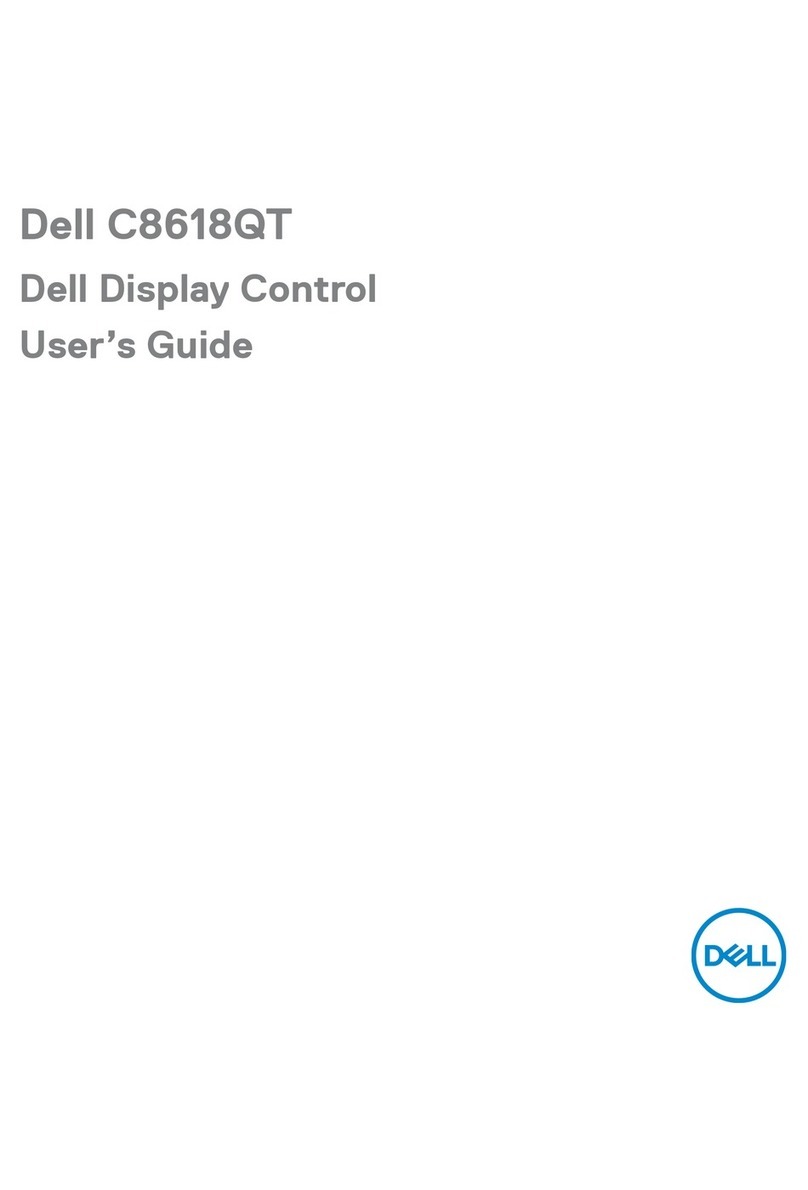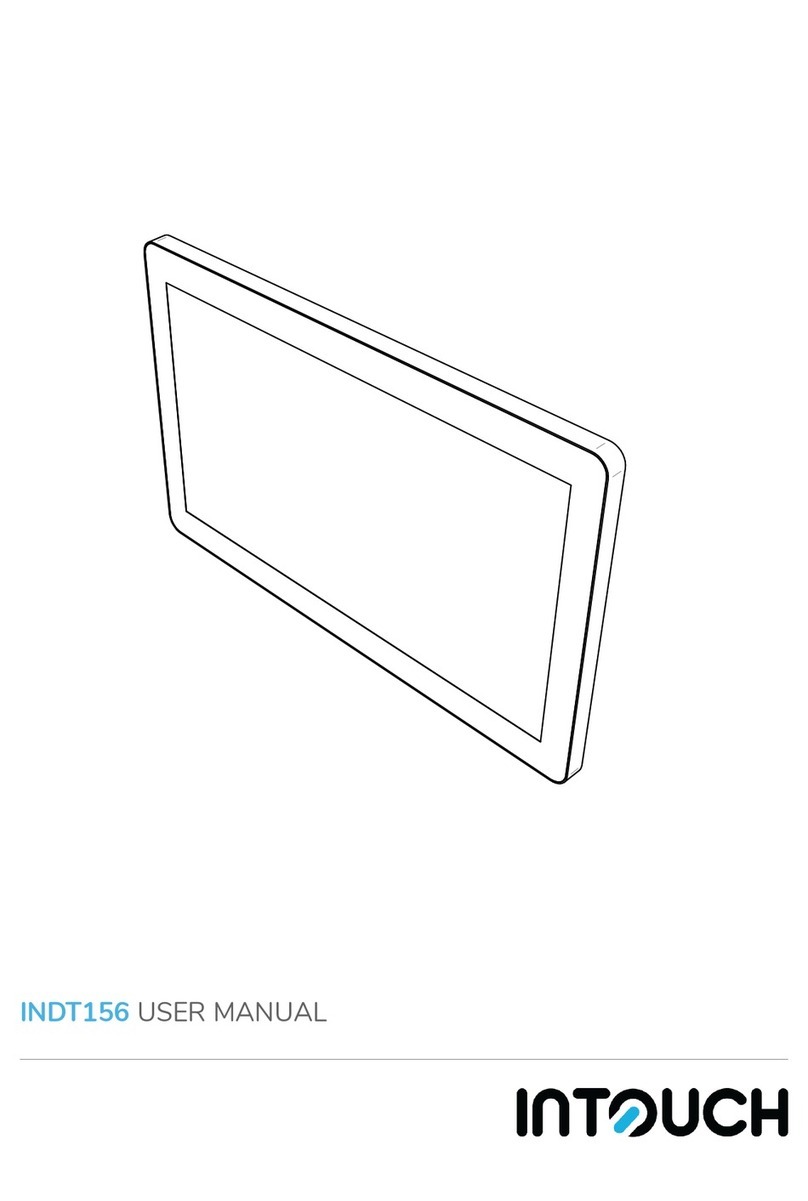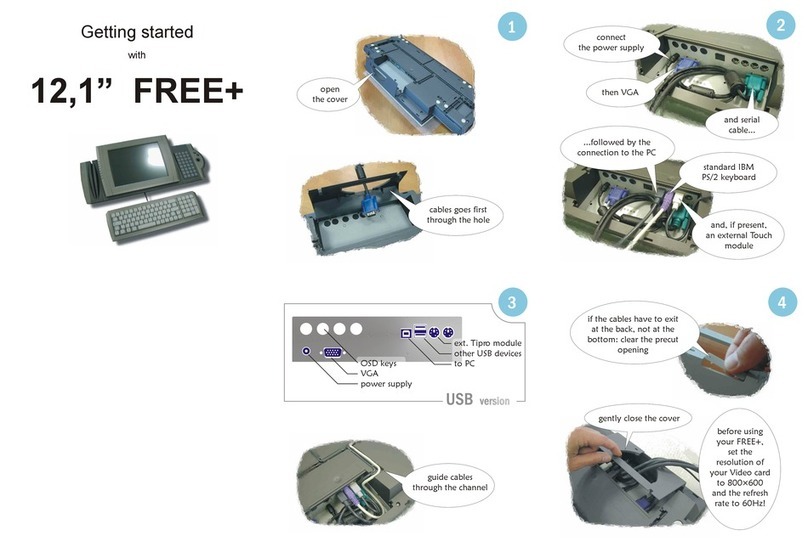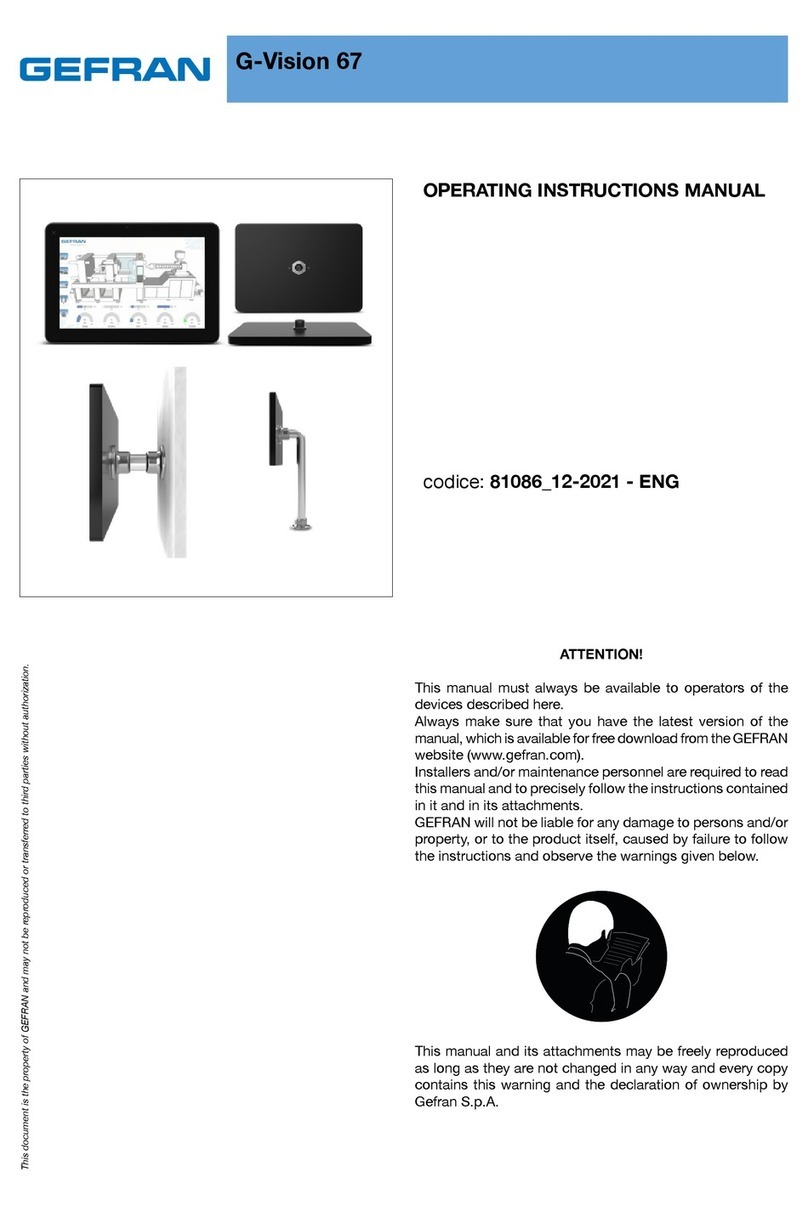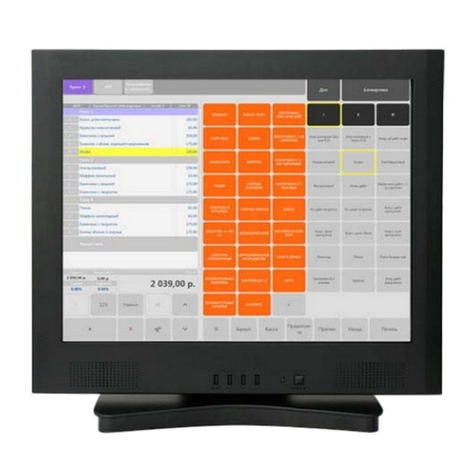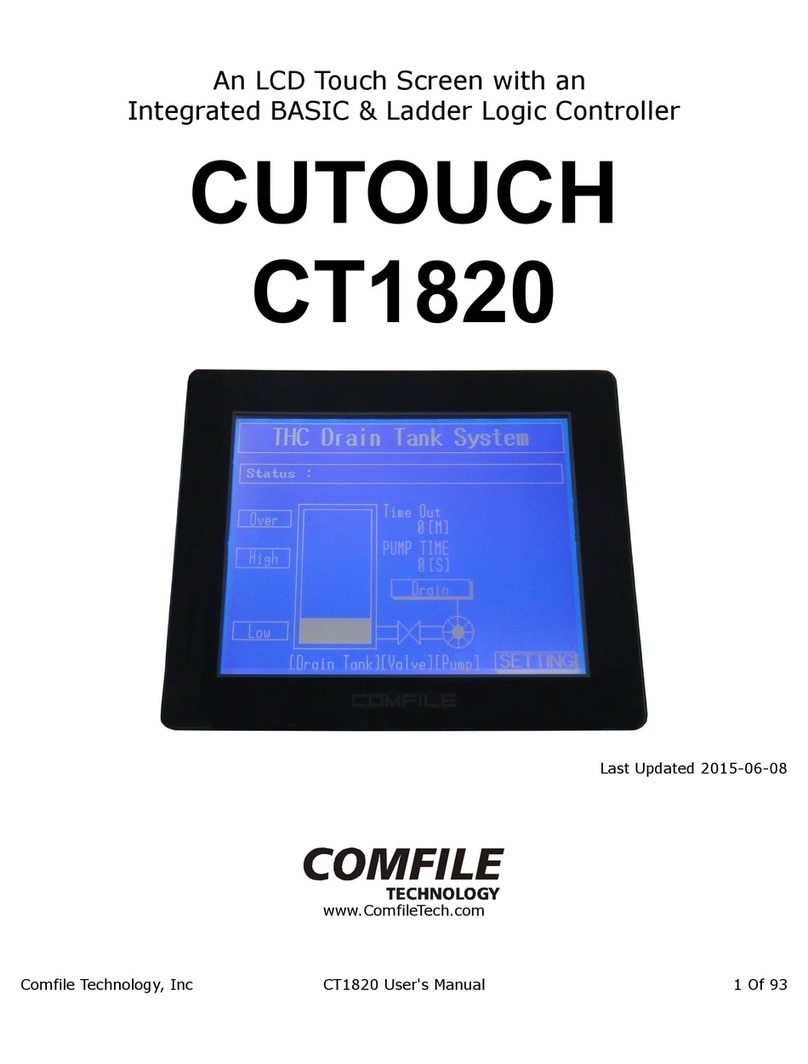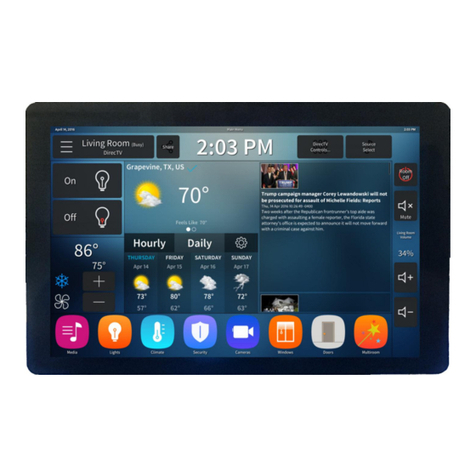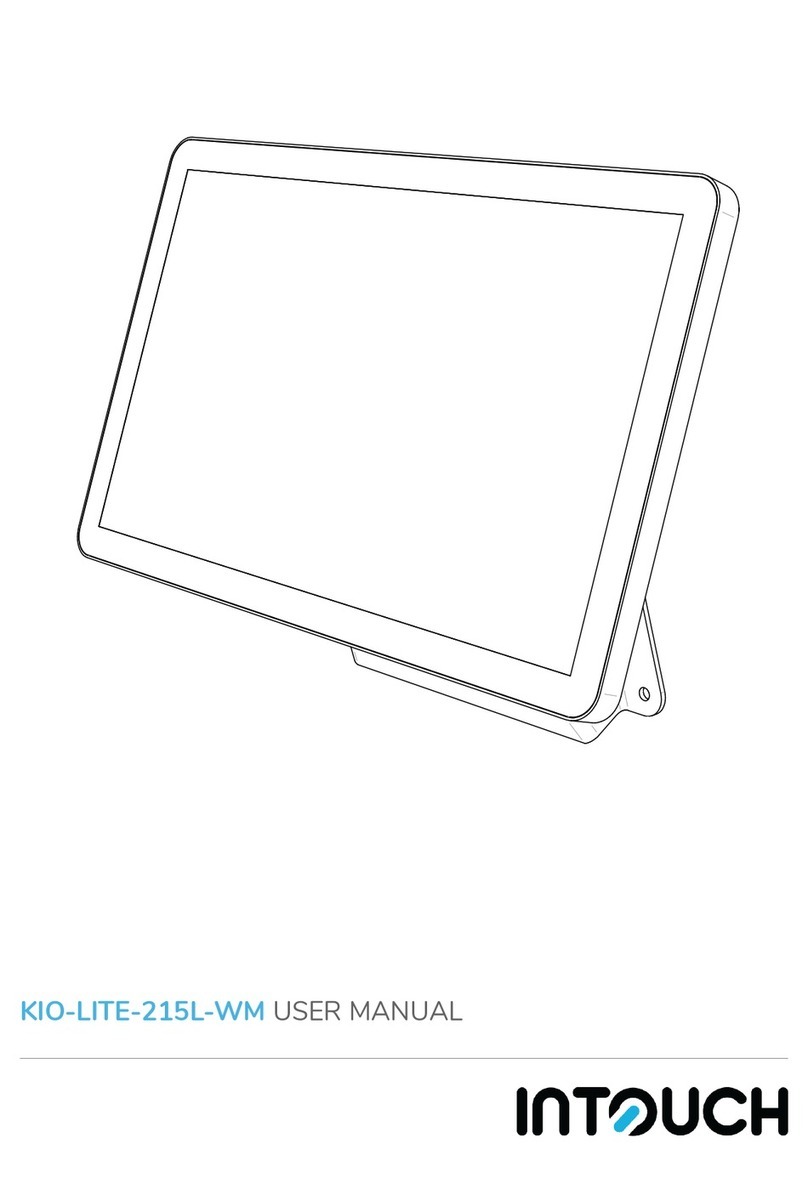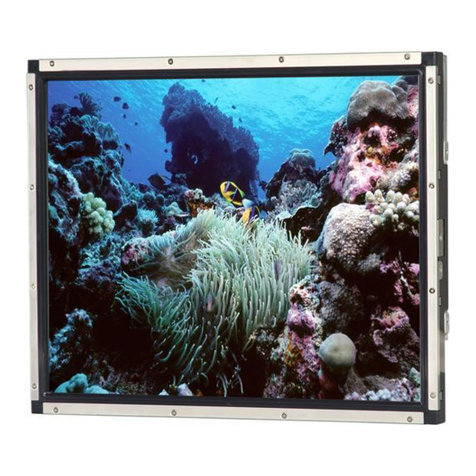
BAC-19xxxx FlexStat Sequence of Operation and Wiring Guide 6AG200123C
Sequence of Operation
Air Handling Unit with Modulating Fan,
Modulating and On/Off Heating and Cooling,
Economizer, and Humidity, Motion and CO2 Sensors
Model: BAC-19xx36C(E)
CREATION DATE: FILENAME:
REVISION DATE:
DRAWING TITLE:
REVISION:
19476 INDUSTRIAL DR.
NEW PARIS, IN 46553
PHONE: 574.831.5250
FAX: 574.831.5252
kmccontrols.com
KMC CONTROLS, INC.©2020
KA19001-2
1/2/2020
11/17/2020 INITIAL RELEASE
MODULATING VALVE OPERATION
HTG
SP
0HTG SPAN
-2F
POS %
HTG VLV
100
VALVE
FAN OPERATION
HTG
SP CLG
SP
CLG SPAN
HTG SPAN
-2F +2F
ROOM
TEMP
INCREASE
FAN
ON
OFF
AUTO
AUTO
ON
CLG
SP
CLG SPAN
+2F
ROOM
TEMP
INCREASE
CLG VLV
(ECON)
AUTO
AUTO
FAN AUTO
FAN
CLG
SP
CLG SPAN
+2F
ROOM
TEMP
INCREASE
SEQUENCE OF OPERATION:
1. Occupancy: The occupancy mode follows the internal schedule. If motion
(optional) is not sensed within the standby timer during occupied mode,
the unit goes into standby mode until motion is sensed again.
2. On/off fan: When the fan mode is set to Auto and heating, cooling or
economizer is called for, the fan starts. Once the space temp returns to
setpoint, there is no call for heating, cooling nor economizer and the
fan-off-delay expires (2 minutes), the fan shuts off. During the occupied
and standby modes, the fan output is energized any time the fan mode is
set to On.
3. Modulating fan: When the fan mode is set to Auto and either valve opens,
the fan starts at minimum fan speed. Once the active valve is fully open,
as the space temperature deviates further from setpoint, the fan speed
increases until it reaches maximum fan speed. As the space temperature
begins to return to setpoint, the fan speed modulates toward minimum fan
speed. The fan runs at minimum speed until the space temp further
returns to setpoint and the active valve closes. During the occupied and
standby modes, the fan is energized at minimum fan speed while both
valves are closed if the fan mode is set to On. The fan follows the normal
sequence above once either valve opens.
4. When the fan starts, if the normally closed fan status switch (optional)
doesn't open within 10 seconds, all heating, cooling and economizer
outputs are deenergized. The fan output remains enabled and
heating/cooling/economizer outputs remain disabled until the fan status
switch opens.
5. Modulating heating: As space temp drops below the heating setpoint, the
heating valve modulates open. As the space temp rises toward the
heating setpoint, the heating valve modulates closed. If the fan is set to
Auto, the valve is held shut until the space temp drops below the heating
setpoint minus the heating span at which point the valve opens and
follows the normal sequence.
6. Modulating Cooling: As space temp rises above the cooling setpoint, the
cooling valve modulates open. As the space temp drops toward the
cooling setpoint, the cooling valve modulates closed. While economizing,
the cooling valve is held shut the first 50% of the cooling span above the
cooling setpoint and then modulates open. If the fan is set to Auto, the
valve is held shut until the space temp rises above the cooling setpoint
plus the cooling span at which point the valve opens and follows the
normal sequence.
7. On/off valves: On a call for heating or cooling , the appropriate valve
opens once the space temperature is more than half the span away from
the setpoint. When the space temperature is within 5% of the span of
setpoint, the opened valve closes.
8. Economizer: During occupied mode, if outside air temp (OAT) drops
below the economizer enable temp and there is a call for cooling, econ
mode is enabled. Econ mode is disabled if OAT rises 1 deg above the
econ enable temp. While economizing, the outside air damper (OAD)
modulates to maintain discharge air temp (DAT). As space temp rises
above the cooling setpoint, DAT setpoint resets from the space temp to
the minimum DAT. While economizing, the OAD is open to the greater of
the minimum damper position or DAT control. The OAD is shut during
unoccupied mode and any time the fan is off.
7. If the space humidity (optional) rises above the dehumidification setpoint,
the cooling valve is opened 100%. The heating valve then follows its
normal operation to maintain the COOLING setpoint. Once the space
humidity drops below the dehumidification setpoint minus its span,
dehumidification ceases and the heating and cooling valves resume
normal operation.
8. In Basic Demand Control Ventilation (DCV), the OA damper opens 100%
as the CO2 level rises above the CO2 setpoint. As the CO2 level drops
below the CO2 setpoint minus the CO2 deadband, the damper
relinquishes to previous control.
9. In Standard DCV, the OA damper modulates from 0% open as the CO2
level rises from the CO2 base level +200 ppm to 100% open at the CO2
base level +600 ppm.
10. When both CO2 and economizer control are enabled, the damper
responds to the greater of CO2 or economizer control.
ECONOMIZER DAT SETPOINT
MIN DAT
SETPOINT
ROOM TEMP
DAT
CLG
CLG SPANHTG SPAN
MOD FAN OPERATION
MAX FAN SPD
SPD
SPSP
MIN
HTG +2F
FAN
-2F
0
AUTO
100
AUTO
ON
ROOM
TEMP
INCREASE
FAN
SPEED
SP
ON/OFF VALVE OPERATION
-2F HTG
HTG SPAN
0
100 HTG VLV
POS %
VALVE
CLG
SP
CLG SPAN
+2F
ROOM
TEMP
INCREASE
CLG VLV
DEHUMIDIFICATION OPERATION
-2F
HTG SPAN
0
100 HTG VLV
POS %
VALVE
CLG
SP
ROOM HUM
INCREASE
CLG VLV
DEHUM
SP
DEHUM DIFF
-5%
20
MOD
ON/OFF
ON/OFF
ROOM TEMP
INCREASE
0
100
POS %
VALVE



